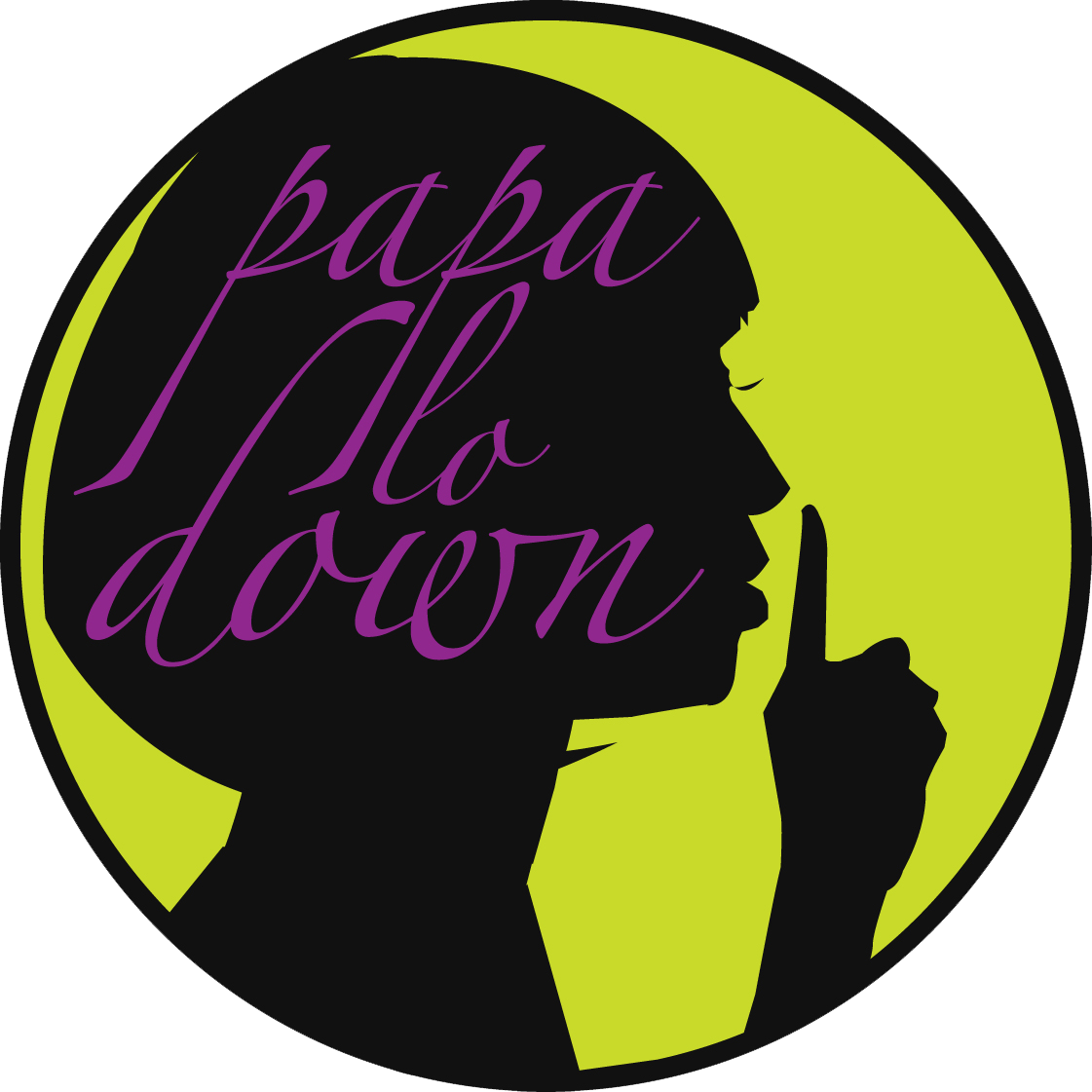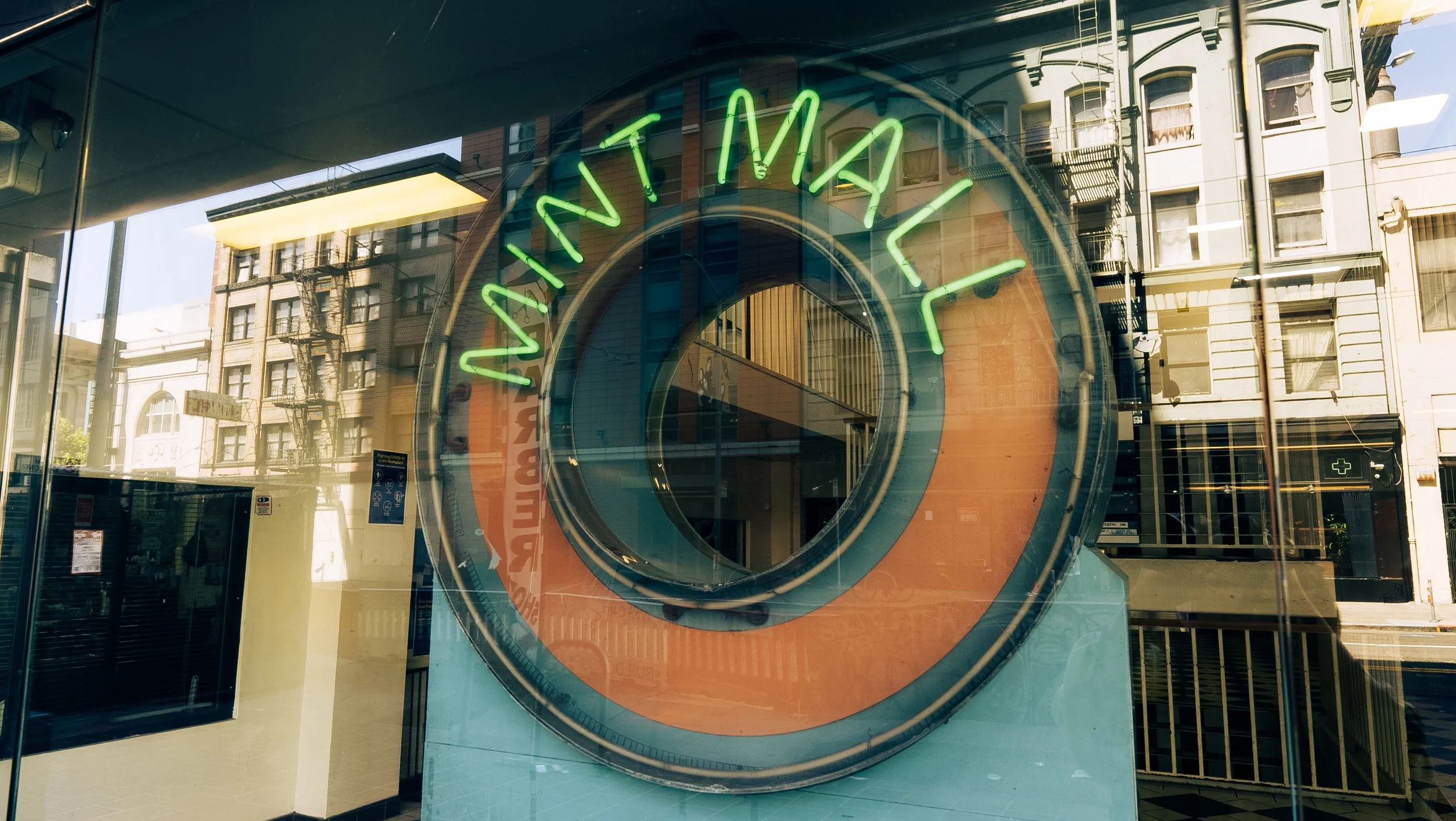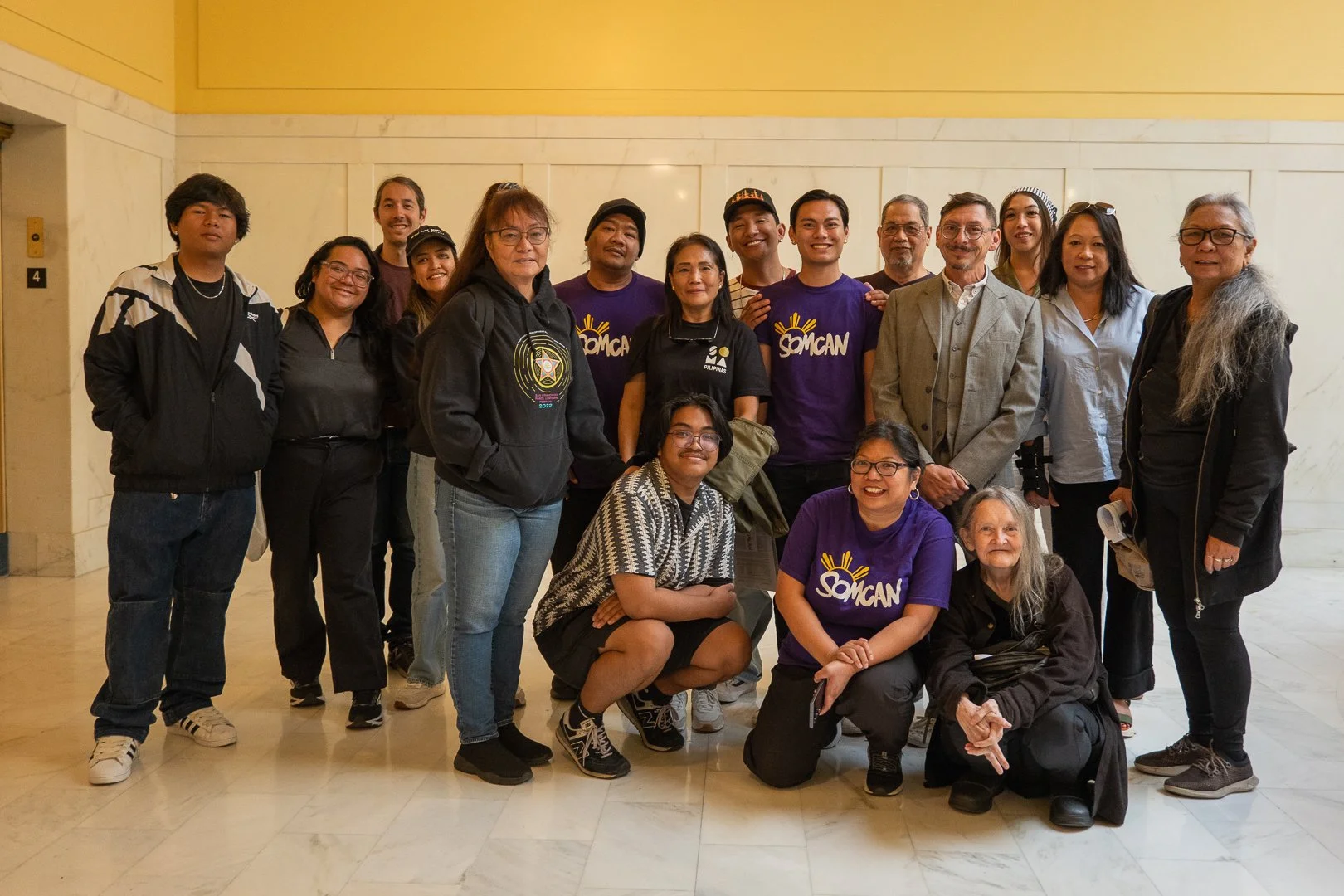Mint Mall and Hall Recognized as a City Landmark, Honoring Significant Filipino American History
The building, located in South of Market, receives historic designation due to the enduring efforts of Filipino American organizing
Mint Mall and Hall by Nix Guirre, SOMA Pilipinas
San Francisco, CA - October 14, 2025 – SOMA Pilipinas Cultural Heritage District and the South of Market Community Action Network (SOMCAN) spearheaded a successful community initiative to designate the culturally and historically significant Mint Mall and Hall, located at 951-957 Mission St, as a city landmark. The San Francisco Board of Supervisors unanimously approved the Mint Mall and Hall’s landmark designation on October 7th, 2025, just in time for Filipino American History Month (FAHM). The building’s landmark designation report will also be the first of its kind written in both English and Filipino languages.
“The Mint Mall and Hall is not just a building located within South of Market, it represents the pulse of Filipino life in SOMA—serving as a site of struggle and a space of creativity and community-building. Since the 1990s, the Mint Mall has served as a “nerve center” for Filipino arts, culture, commerce, and activism in San Francisco.” says Raquel Redondiez, SOMA Pilipinas Director.
Filipino residents living in the Mint Hall, the upper floors of the building, supported the numerous Filipino businesses and non-profits in the Mint Mall retail space. The Mint Hall and Mall functioned like a self-contained barangay in a single building, cultivating mutual community support by design.
“The Mint Mall definitely is a symbol of our efforts of advocacy and organizing and resilience to stopping being displaced and gentrified out of San Francisco,” said Angelica Cabande, Executive director of the South of Market Community Action Network (SOMCAN). “It’s where a lot of things started in our efforts to coordinate and to work together collectively...That spirit of Bayanihan is still there, all of us connecting and organizing together.”
The South of Market (SOMA) neighborhood has served as a “gateway community” for Filipino immigrants to the San Francisco Bay Area since at least the 1960s and 1970s. Home to thousands of Filipino families and seniors, SOMA Pilipinas is a cultural and historic center of gravity for Filipinos in California, who comprise the largest and fastest growing Asian-Pacific Islander community in a state where 43% of the Filipino American diaspora resides.
Mint Mall and Hall by Nix Guirre, SOMA Pilipinas
A Site of Struggle
The spirit of bayanihan, communal solidarity, was powerfully demonstrated at the Mint Mall during two major periods of displacement for the Filipino community in San Francisco’s South of Market neighborhood.
In the 1990s, following the Delta Hotel fire and amid the dot-com boom, the Mint Mall served as a refuge for displaced veterans and residents, with nonprofits providing essential services. As tech-driven gentrification forced out low-income tenants and small businesses, community members formed the SOMA Anti-Displacement Coalition (later SOMCAN) to resist these pressures.
In 2000, when Filipino-serving establishments at the Mint Mall faced eviction due to rising demand for office space, the “Save the Mint Mall” campaign emerged. Led by community activists, artists and small businesses like Arkipelago Books, the Mint Mall Organizing Committee (MMOC) successfully fought back through legal and civic channels, ultimately securing long-term leases and preserving the Mint Mall as a vital cultural and community hub.
A Space of Creativity and Community-Building
SOMCAN in front of Mint Mall for Yes on 10 campaign, photo by SOMCAN 2018
Due to the decades-long establishment of businesses and support networks housed in the Mint Mall and Hall, and the scarcity of other public open spaces in the South of Market neighborhood, this landmark building has served as a culturally significant and essential hub for Filipino artists, creatives, immigrants, community organizers, nonprofits, and arts groups. Efforts to save the Mint Mall in the early 2000s sparked renewed Filipino activism, eventually contributing to the creation of the SOMA Pilipinas Cultural Heritage District in 2016.
SOMA Pilipinas and SOMCAN, photo credit Wilfred Galila
In honor of the rich cultural contributions, enduring spirit, and fierce political activism of the Filipino community in San Francisco’s South of Market neighborhood and beyond—and illustrating artists’ important contributions to organizing and movement work—SOMA Pilipinas curated MAKIBAKA: A Living Legacy in partnership with acclaimed independent curator Trisha Lagaso Goldberg at Yerba Buena Center for the Arts (YBCA). This powerful exhibition opened on August 1st, 2025 and runs through January 4th, 2026.
Nix Guirre, one of the artists featured in MAKIBAKA, and their family have significant ties to the Mint Hall and South of Market neighborhood. Their immigration story reflects many Filipino families that migrate to San Francisco and move into the building.
“For us, that's where we first got our start. And I remember my mama said, ‘This is just a temporary place that we are going to be living in.’ But then, fifteen years later, we're still there because it's rent controlled,” said Filipino artist Nix Guirre. “We feel like we're at home. Not just because of the building, like the demographics of the building itself and the businesses around it, but also the SOMA Pilipinas Filipino Cultural Heritage district.”
###
About SOMA Pilipinas
SOMA Pilipinas is San Francisco’s designated Filipino Cultural Heritage District, celebrating the historic and ongoing contributions of Filipinos in the SoMa neighborhood through cultural preservation, economic development and community-led advocacy.
About South of Market Community Action Network (SOMCAN)
SOMCAN is a multi-issue and multi-strategy organization that nurtures the lives of youth, families, individuals and workers. We work on a wide range of issues—from tenant rights to community planning to Filipino language access to workers rights—and provide culturally competent direct services ranging from tenant counseling to family support to youth empowerment to employment.




